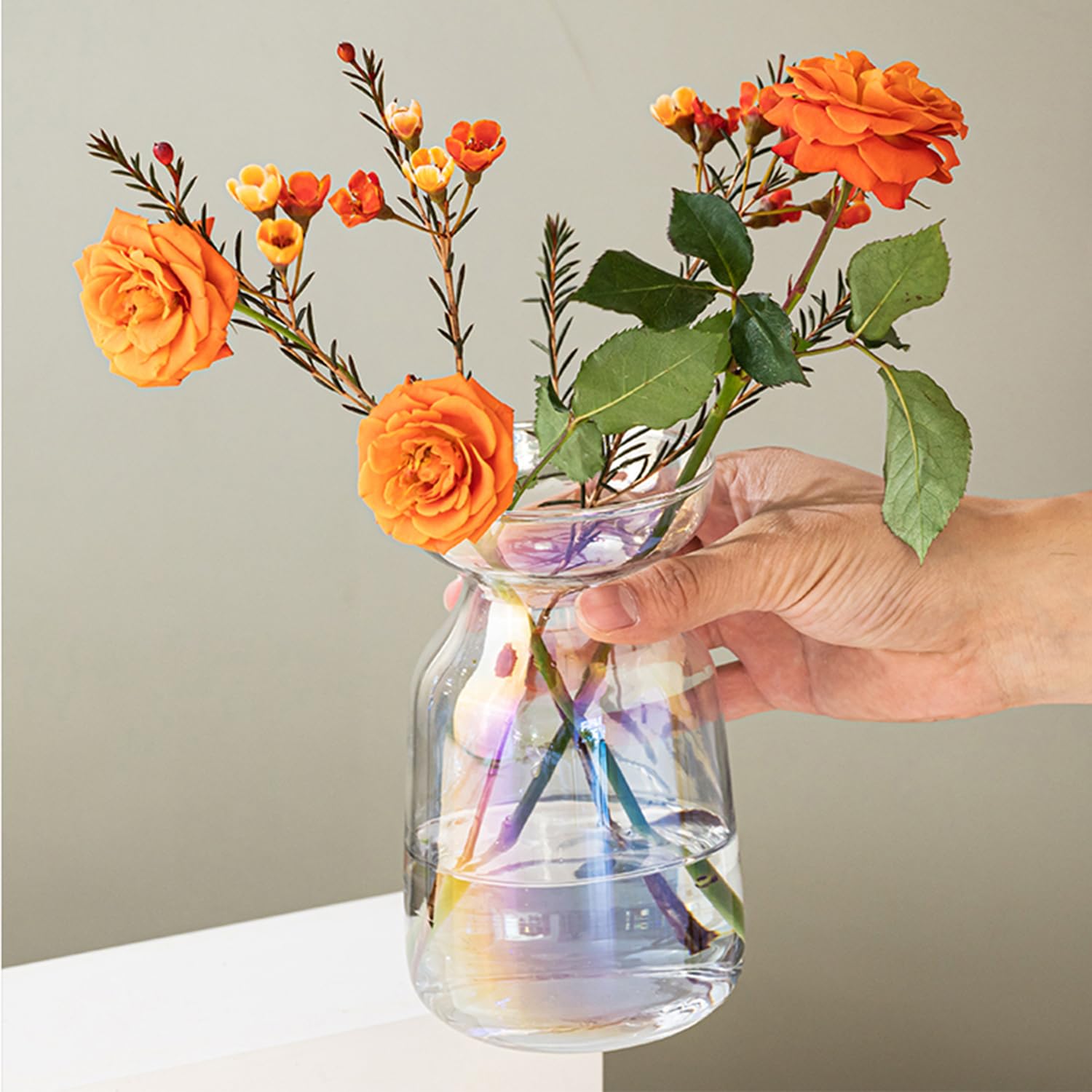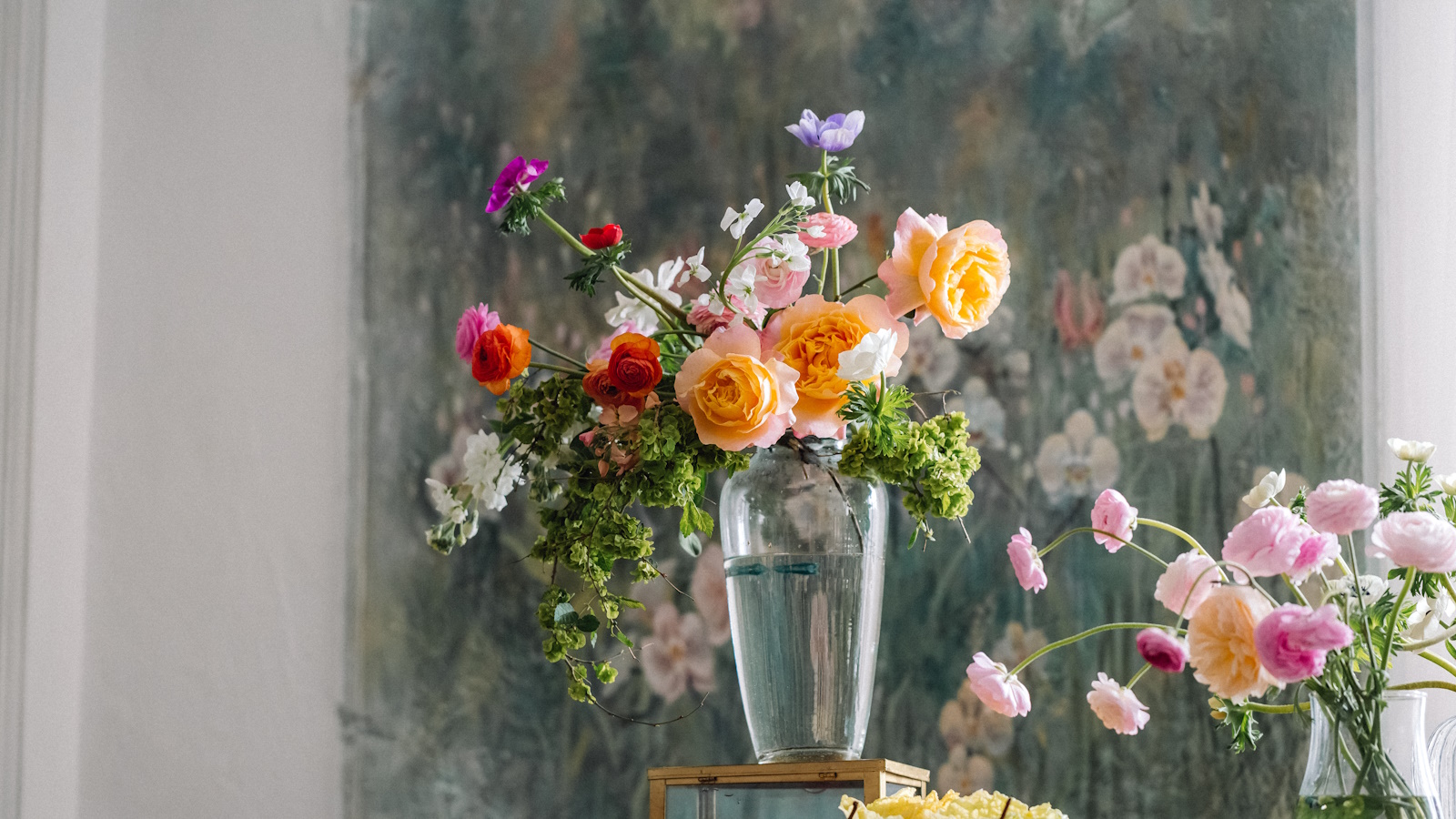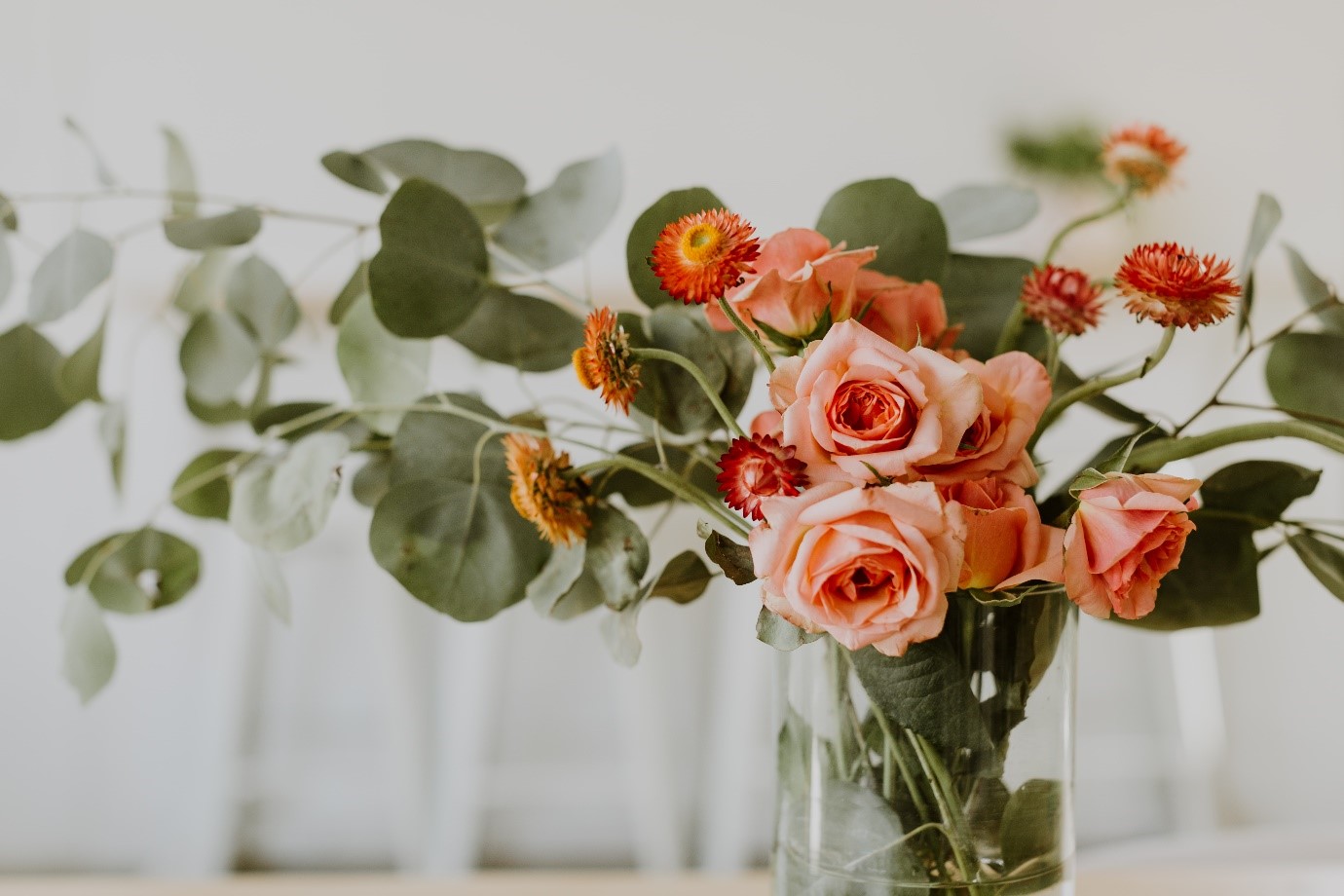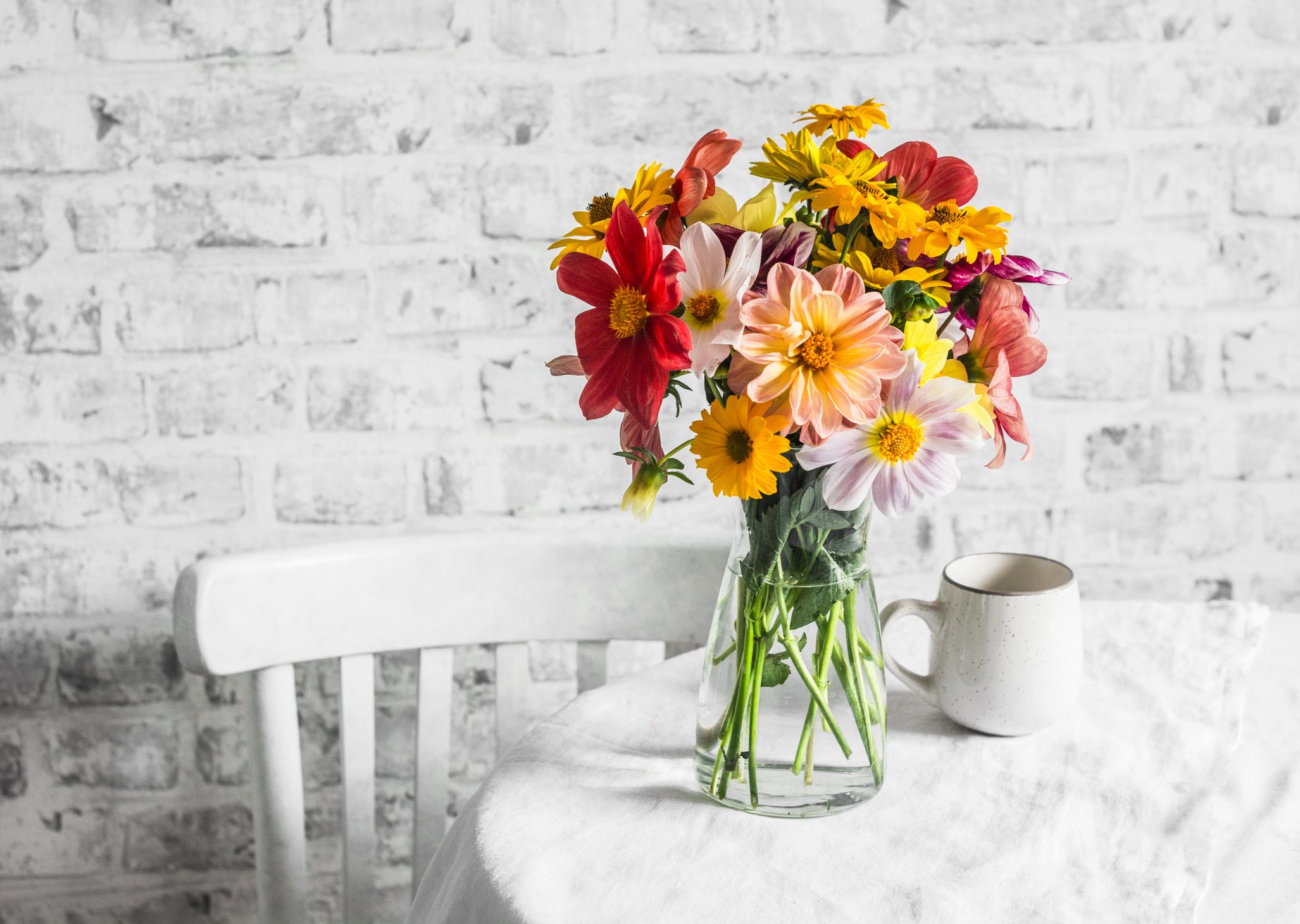Introduction:
Floral arrangements are not just about choosing the right flowers and arranging them aesthetically; they also require attention to detail, such as how much water to put in the vase. The amount of water can affect the longevity and freshness of your flowers, as well as the overall appearance of your arrangement. In this comprehensive guide, we’ll explore various factors to consider when determining the water level for your vase, along with practical tips to help you achieve stunning floral displays that last.

Understanding the Importance of Water Level
The water level in a vase plays a crucial role in maintaining the health and vitality of cut flowers. It serves several essential functions, including:
- Hydration: Water is essential for keeping flowers hydrated and maintaining their freshness. Proper hydration prolongs the lifespan of cut flowers and prevents wilting and drooping.
- Nutrient Absorption: Water serves as a medium for transporting nutrients from the vase to the stems and petals of the flowers. Adequate water supply ensures that the flowers receive the essential nutrients they need to thrive.
- Stability: The water level in the vase helps anchor the flower stems in place, providing stability and support for the arrangement. This prevents the flowers from toppling over and maintains the desired shape and structure of the display.

Factors Influencing Water Requirements
Several factors can influence how much water your floral arrangement needs. Consider the following factors when determining the appropriate water level for your vase:
- Type of Flowers: Different types of flowers have varying water requirements. Some flowers, such as hydrangeas and roses, are heavy drinkers and require ample water to stay hydrated, while others, like succulents, are more resilient and can thrive with less water.
- Stem Length: The length of the flower stems affects how much water they can absorb. Longer stems have a greater surface area for water uptake and may require more water to stay hydrated compared to shorter stems.
- Environmental Conditions: Factors such as temperature, humidity, and air circulation can impact the rate of water evaporation from the vase. In hot and dry conditions, flowers may lose moisture more quickly and require additional water to compensate.
- Vase Size and Shape: The size and shape of the vase influence the amount of water it can hold and how the water is distributed among the flower stems. Tall, narrow vases may require less water than wide, shallow vases to achieve the same level of hydration.

Tips for Determining Water Level
Now that you understand the importance of water level and the factors that influence it, here are some practical tips for determining the appropriate water level for your vase:
- Start with Fresh, Clean Water: Always use clean, fresh water when filling your vase. Stagnant or contaminated water can promote bacterial growth and shorten the lifespan of your flowers. Change the water every few days to keep it clean and clear.
- Trim the Stems: Before arranging the flowers in the vase, trim the stems at an angle using sharp scissors or pruning shears. This removes any damaged or blocked parts of the stem, allowing for better water absorption. Trim the stems again every few days to maintain optimal water uptake.
- Monitor Water Level Daily: Check the water level in the vase daily and top it up as needed to ensure that the stems remain submerged. Flowers absorb water through their stems, so maintaining the water level is essential for their hydration and longevity.
- Consider Floral Foam: If you’re using floral foam as a base for your arrangement, soak it in water until fully saturated before inserting the flowers. Keep the foam hydrated by adding water to the vase as needed, especially in warm or dry conditions.
- Adjust for Environmental Factors: Take into account the environmental conditions in your home or event venue when determining the water level. In hot or dry environments, you may need to add more water to compensate for increased evaporation rates.
- Observe Flower Behavior: Pay attention to how the flowers respond to the water level in the vase. If they start to wilt or droop, it may indicate that they need more water. Conversely, if the stems become mushy or discolored, it could be a sign of overhydration.

Experiment with Different Styles and Techniques
Don’t be afraid to experiment with different styles, techniques, and creative ideas when arranging flowers. Whether you prefer classic elegance, modern minimalism, or eclectic bohemian flair, there are endless possibilities to explore. Take inspiration from nature, art, fashion, or your own imagination, and let your creativity flow.
Remember to trust your instincts and have fun with the process. Floral arranging is as much about creativity and self-expression as it is about technique and skill. With practice, patience, and a willingness to explore new ideas, you can create stunning floral arrangements that reflect your unique personality and style.
Conclusion: Achieving Optimal Water Levels for Stunning Floral Arrangements
In conclusion, crafting beautiful floral arrangements is an art form that allows you to express your creativity, style, and personality. By paying attention to details such as water level, water quality, decorative elements, and artistic techniques, you can create stunning floral masterpieces that captivate the senses and bring joy to any space or occasion.
Mastering the art of floral arrangements involves not only selecting the perfect blooms but also ensuring that they are properly hydrated and supported. By understanding the importance of water level, considering the factors that influence it, and following practical tips for determining the appropriate water level for your vase, you can create stunning floral displays that captivate the senses and delight the eye. So the next time you arrange flowers, remember to pay attention to the water level – it could be the difference between a wilted bouquet and a vibrant masterpiece that lasts.
Whether you’re arranging flowers for a special event, decorating your home, or simply indulging in a creative hobby, take pride in your work and enjoy the process of bringing beauty and elegance to life with flowers. With a little inspiration, imagination, and ingenuity, the possibilities are endless, and the results are sure to be breathtaking.








